Domain Eukaryota Scientific name Spirostomum Higher classification Spirostomidae | Family Spirostomidae Phylum Ciliophora Rank Genus | |
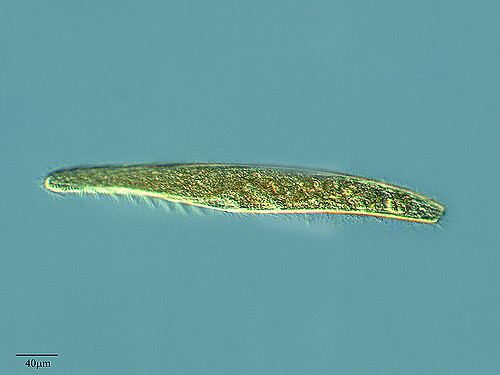 | ||
Similar Stentor, Blepharisma, Heterotrich, Vorticella, Hypotrich | ||
Spirostomum in action
Spirostomum is a genus of free-living ciliate protists, belonging to the class Heterotrichea. Species of Spirostomum are found in both salt and fresh water. All are elongated, flexible and highly contractile. Although unicellular, members of some species can grow as long as 4 mm (0.16 in).
Contents
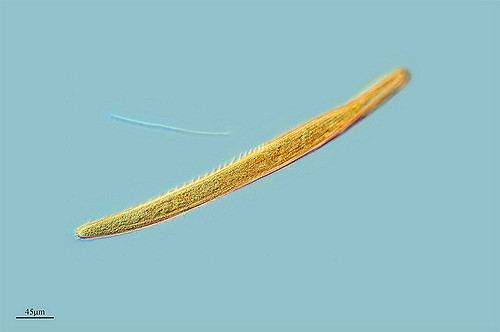
Spirostomum
Appearance and characteristics

The body of the cell is long and worm-like. In cross section it is mainly cylindrical, but may be flattened at the tail end. The posterior excretory vacuole is large, and may fill the whole "tail." Cilia on the cell body are short and arranged in longitudinal rows. The length of the peristome varies between species, from about 1/4 to as much as 2/3 the length of the cell. The peristome is fringed with membranelles, which are used to channel particles of food into the creature's oral cavity. The macronucleus may be moniliform (like a string of beads) or compact and oval, depending on the species.

Spirostomum reproduces by binary fission. Reproduction may be purely asexual, or it may follow conjugation, during which compatible mating individuals come together and transfer genetic material across a cytoplasmic link.
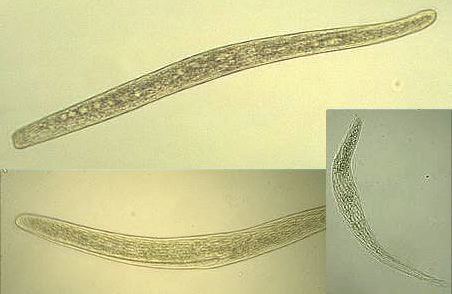
Members of the genus are extremely contractile. When startled, Spirostomum ambiguum can contract to less than half its extended length within 1/200 of a second (a contraction speed similar to that of the ciliate Vorticella). As it contracts, the cortex of the cell twists and widens, and its spiral structure becomes visible. The mechanism of Spirostomum's contractility was first studied by Ernst Haeckel in 1873 and has continued to attract scholarly attention.
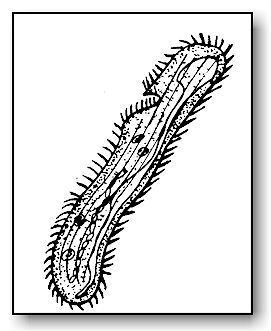
Certain species have proven to be sensitive to the presence of heavy metals, and have been used by ecologists as indicators of water purity.
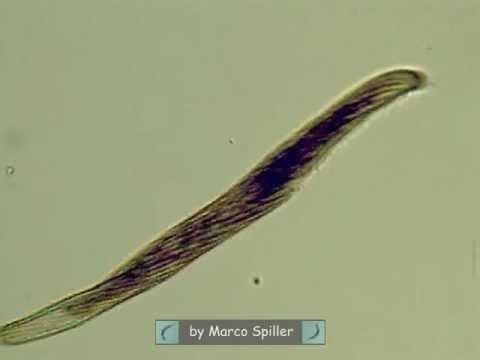
One widely distributed but rarely seen species, Spirostomum semivirescens, carries symbiotic zoochlorellae and houses itself within a mucilaginous lorica.
Classification
The genus Spirostomum was established by Christian Gottfried Ehrenberg in 1833, and placed in the family Spirostomidae by Samuel Friedrich von Stein in 1867.
Recent analyses of ribosomal RNA gene sequences have confirmed that it is a monophyletic group.
